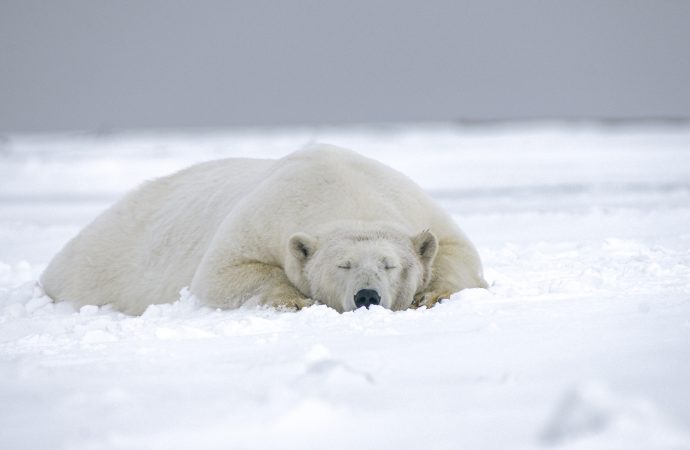The Snow Bear, also known as the Polar Bear, is a majestic creature that has captured the hearts and imaginations of people all over the world. With its pure white fur and large size, it is an icon of the Arctic and a symbol of strength and resilience in harsh environments. But what makes this
The Snow Bear, also known as the Polar Bear, is a majestic creature that has captured the hearts and imaginations of people all over the world. With its pure white fur and large size, it is an icon of the Arctic and a symbol of strength and resilience in harsh environments. But what makes this animal so unique? In this article, we will explore the anatomy of the Snow Bear and the adaptations that allow it to thrive in its environment.
Size and Weight The Snow Bear is the largest bear species, with males weighing up to 1,500 pounds and standing over 10 feet tall when standing on their hind legs. Females are smaller, weighing up to 600 pounds and standing about 6 feet tall. Their large size and weight allow them to conserve heat and energy, as well as overpower prey.
Fur and Skin The Snow Bear’s thick fur helps to insulate it in the cold Arctic environment. The fur is actually transparent, but appears white due to the reflection of sunlight. The hairs are also hollow, which allows them to trap air and provide extra insulation. Underneath the fur, the Snow Bear has a layer of blubber that helps to keep it warm and provides energy when food is scarce.
Paws and Claws The Snow Bear’s paws are large and wide, with rough pads that provide traction on ice and snow. Their claws are sharp and curved, which helps them to grab onto prey and climb out of the water. The claws are also retractable, which helps to keep them sharp and protected when not in use.
Teeth The Snow Bear’s teeth are large and sharp, with four canine teeth that can be up to 12 inches long. These teeth are used for biting and killing prey, as well as for defending themselves against other predators. They also have flat molars for crushing bones and grinding up tough plants.
Adaptations The Snow Bear has many adaptations that allow it to survive in the harsh Arctic environment. Its white fur helps it to blend in with the snow and ice, making it less visible to prey and predators. Its large size and weight help it to conserve heat and energy, as well as overpower prey. Its keen sense of smell helps it to locate prey, even when they are hidden under the snow or ice. And its ability to swim long distances and hold its breath for several minutes allows it to hunt in the water and navigate between ice floes.
In conclusion, the Snow Bear’s anatomy is perfectly adapted to its harsh Arctic environment. From its thick fur and blubber layer to its large paws and sharp teeth, every part of its body helps it to survive and thrive. But despite its incredible adaptations, the Snow Bear faces many challenges, including habitat loss and climate change. It is up to us to protect this iconic species and ensure that it continues to inspire and amaze us for generations to come.

















Leave a Comment
Your email address will not be published. Required fields are marked with *